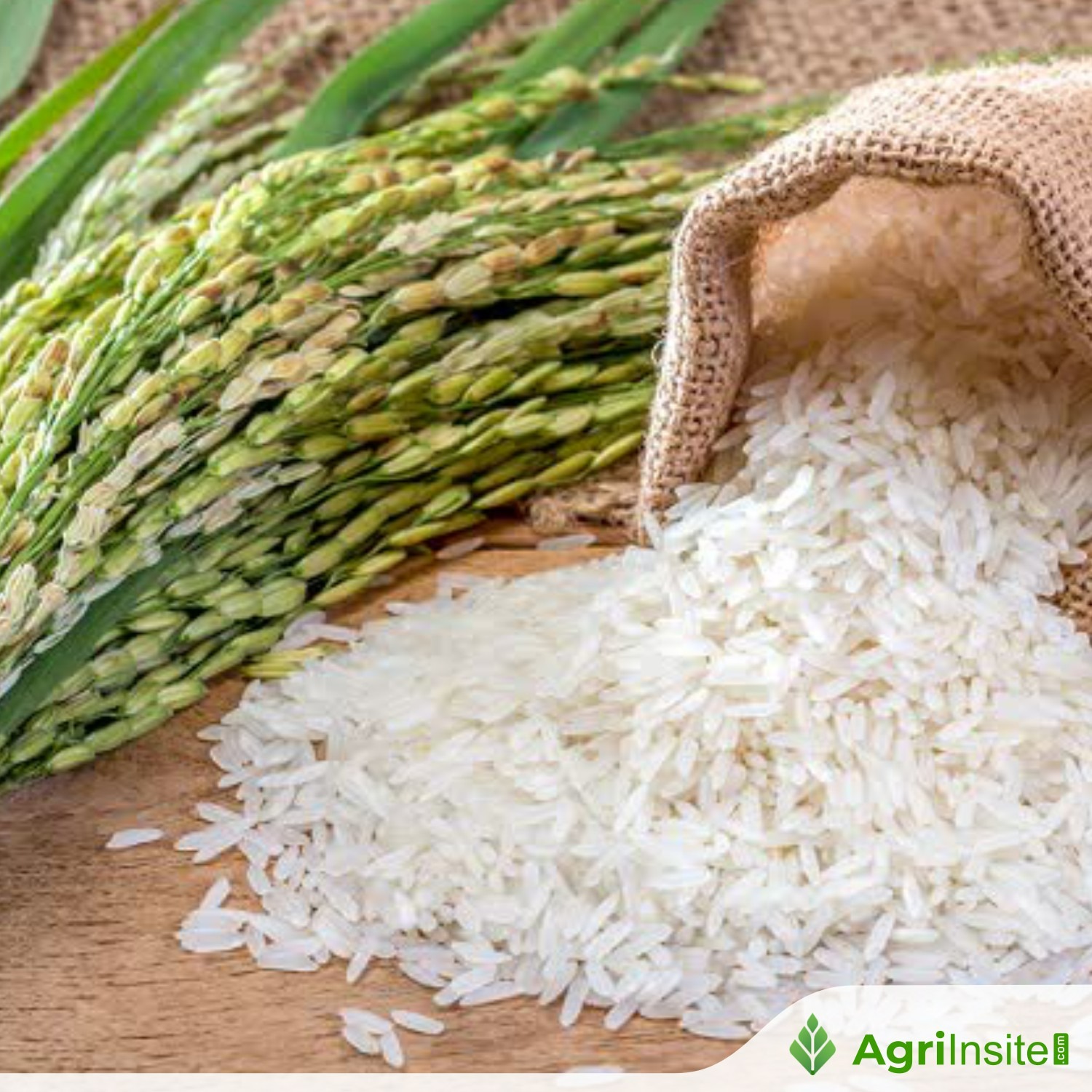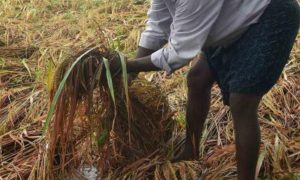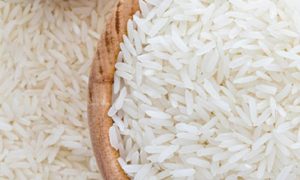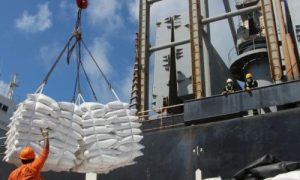Basmati rice prices fluctuate post-MEP abolition amid Middle East tensions

The removal of the minimum export price (MEP) on Basmati rice has improved paddy prices, but farmers still earn less than last year. Geopolitical tensions in the Middle East may affect demand, while pest attacks have reduced yields. Despite price increases, uncertainty persists in key markets like Iran, with trade experts calling for interventions to stabilize the market.
Basmati (paddy) prices have improved after the minimum export price (MEP) was abolished, but farmers are not as happy as they expected to get last year’s rates. However, current geopolitical tensions in the Middle East may drive export prices either way in the months to come, experts said. Currently, the Pusa Basmati 1509 variety (unprocessed paddy) commands ₹2,800-2,900/quintal in an agriculture market yard (mandis) in Haryana, whereas the early harvested crop with high moisture was sold at about ₹2,300 before the abolition of the MEP, farmers said. Last year, farmers had received about ₹3,500/quintal for the PB 1509 variety.
The premium Pusa Basmati 1121 has started arriving in small quantity and is commanding Rs 3,800-4,000/quintal in Haryana, whereas farmers got Rs 4,500-4,700/quintal last year. Commission agents in Karnal mandi said that there is a demand and they expect Basmati prices to go up after Diwali, whereas exporters are closely looking at developments in the Middle East and fear a slump in demand if the conflict further escalates.
According to Agmarknet, a unit of the Ministry of Agriculture and Farmers’ Welfare, the weighted average price of PB 1509 paddy was ₹2,512 a quintal on the day MEP was abolished and has since jumped to ₹2,756/quintal as on October 13 in Haryana. In Punjab, the current rate of PB 1509 is ₹2,651/quintal, down from average ₹2,670/quintal (in Amritsar, Gehri and Majitha mandis) on September 13.
On September 29, several farmers in Amritsar (Punjab) protested, demanding better prices for the freshly harvested Basmati crop.
Naresh Kumar and Som Datt, both from the Karnal district of Haryana and growing the traditional Basmati variety Pusa 30, hope to receive better prices than last year as the crop got damaged in many places due to pest attacks. “The price was ₹7,000/quintal last year and it should be at least ₹8,000/quintal this year,” said Kumar, who is waiting to harvest the crop after 15-20 days. Datt said the average yield may drop to 8-10 quintal per acre from 14-15 quintal last year.
“We are waiting for the labours (from outside the state) to arrive as Dussehra festival has ended now. The crop is almost ready for harvest,” said Ashok Antil, a Basmati farmer of Sonipat, Haryana, India’s largest Basmati rice-producing state. He further said that the compulsion to go for manual harvesting will remain as no farmer now wants to burn stubble and there is now demand for it as fodder. Export of Basmati rice was 5.24 million tonnes (mt) worth $ 5.8 billion (Rs 48,389.21 crore) in 2023-24 with an average realisation of $ 1113/tonne. In the current fiscal (April-August), Basmati rice shipment recorded at 2.32 mt worth $ 2.5 billion (Rs 20,546 crore) with average realisation of $ 1,059 per tonne.
European Union is the major buyer of India’s traditional Basmati rice. “Current basmati paddy prices does not correlate to demand-supply elasticity. While looking into the trend, there is a deceptive environment of Basmati paddy prices. Market characteristics is required to be tamed through appropriate interventions,” said S Chandrasekaran, a trade policy expert. Trade sources said that the Iran market is deceptive as there is no indication from there about the quantity it is likely to purchase. Besides, there is also the issue of payment default as new exporters, in their eagerness to earn quickly, are not doing any due diligence, a trade source said. Exports of Basmati rice to Iran jumped to a record 1.5 mt in 2018-19 and continued at about 1 mt in both 2021-22 and 2022-23.
But it dropped to nearly 0.7 mt last fiscal, but in the first five months of 2024-25, it has reached close to 0.4 mt. India removed the $950 a tonne MEP on basmati rice after coming under pressure due to falling paddy prices. The Commerce Ministry asked the Agricultural and Processed Foods Export Development Authority (Apeda) to register basmati exports without any floor price. The MEP was introduced in 2013 to ensure that other varieties of rice, particularly white, were not shipped out of the country in the garb of Basmati rice.













